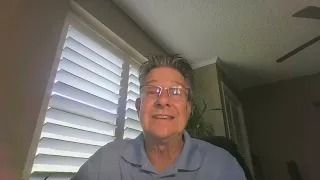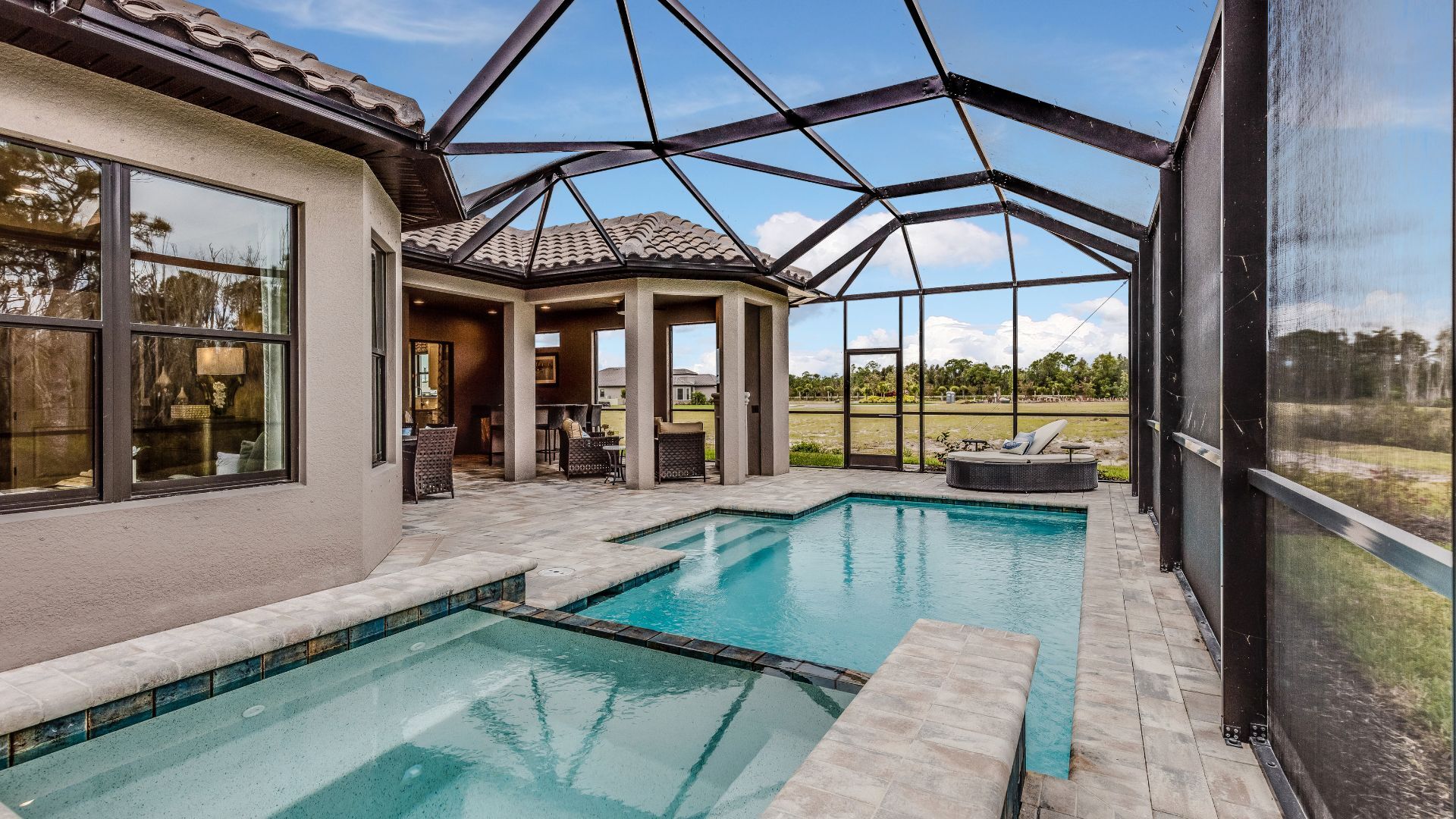Pending home sales drop, but there’s a silver lining COVID-19 vaccine, seasonal home sales should boost market
Pending home sales drop, but there’s a silver lining
COVID-19 vaccine, seasonal home sales should boost market
It’s like the Yogi Berra quote – nobody goes there anymore, it’s too crowded. For the fifth consecutive month, U.S. pending home sales dipped – this time, down 2.8% in January from December, according to a report from the National Association of Realtors. And inventory shortages are the culprit.
Despite the decline, many industry observers see big potential for the housing market in the year ahead.
It’s no secret that low mortgage rates and societal shifts brought on by COVID-19 have collided to form a red-hot housing market. But many would-be buyers have also been thwarted by comically low resale inventory, as well as supply chain constraints and escalating materials costs that have made life difficult for homebuilders. January was illustrative.
“Pending home sales fell in January because there are simply not enough homes to match the demand on the market,” said Lawrence Yun, NAR chief economist. “That said, there has been an increase in permits and requests to build new homes.”
According to the NAR, the South (+0.1%) was the lone region with a gain from the month prior, while the other three major U.S. regions – the Northeast (-7.4%), Midwest (-0.9%), and West (-7.8%) – experienced month-over-month decreases in January. All four areas saw contract transactions increase from a year-over-year standpoint.
In the last few years, the number of existing single-family homes for sale has decreased. But home prices have increased. To make homeownership a possibility for everyone, there needs to be a higher supply of affordable homes
Presented by: Fannie Mae
Realtor.com’s Housing Market Recovery Index showed yet another month of significant contract growth, especially in Austin, San Antonio, Denver and Sacramento.
And even with another month-to-month drop, pending home sales were 13% higher in January 2021 than they were in January 2020.
“There will also be a natural seasonal upswing in inventory in spring and summer after few new listings during the winter months,” Yun said. “These trends, along with an anticipated ramp-up in home construction will provide for much-needed supply.”
Yun said he expects a gradual improvement in the economy this year as more Americans receive the COVID-19 vaccine. He cautioned, however, that longer-term interest rates will soon rise due to rising inflationary expectations and higher budget deficits.
“I don’t foresee mortgage rates jumping to an alarming level, but we should prepare for a rise of at least a decimal point or two,” Yun said.
For now, low mortgage rates are increasing buyers’ purchase power across the country. Yun said existing-homes sales are likely to reach 6.49 million in 2021, which would be a 15% increase over the 5.64 million in 2020.
Ruben Gonzalez, Keller Williams’ chief economist, said a future rise in mortgage rates is likely in response to the movements of the 10-year Treasury yield.
“As the long-run economic outlook improves, long-term Treasuries will likely return to more normal yields and away from levels that were giving negative real-returns,” Gonzalez said. “This will put some upward pressure on mortgage rates, which have been bouncing around historical lows for months now. This will likely weigh on demand some, but the market is currently so supply-constrained it will likely take some time for the impacts on affordability to have a noticeable impact on market conditions.”
That a vaccine could be the sole reason for economic improvement seems wishful, but in the housing industry, that means the re-opening of lumber mills in the U.S. and Canada – many of which shuttered in early 2020 for health and safety reasons.
With mills reopening, more lumber will be shipped into and across the country, which should boost home sales and compress materials costs.
Joel Kan, Mortgage Bankers Association‘s vice president of economic and industry forecasting, pointed out that buyers are currently snatching up homes even with “limited options.”
“It’s very competitive right now,” he said. “Increased listings of existing homes will be needed in the coming months to alleviate this shortage of housing inventory.”
Leave a comment
You must have an active HW+ membership
Start Your Loan
with DDA todayYour local Mortgage Broker
Mortgage Broker Largo See our Reviews
Looking for more details? Listen to our extended podcast!
Check out our other helpful videos to learn more about credit and residential mortgages.





